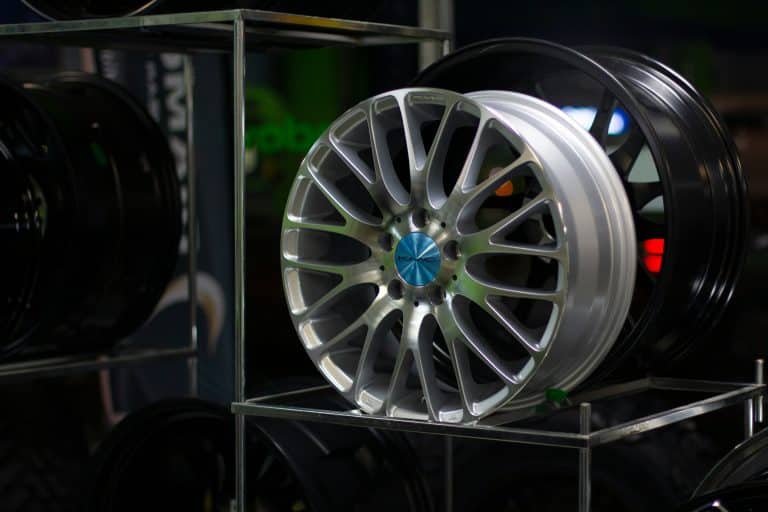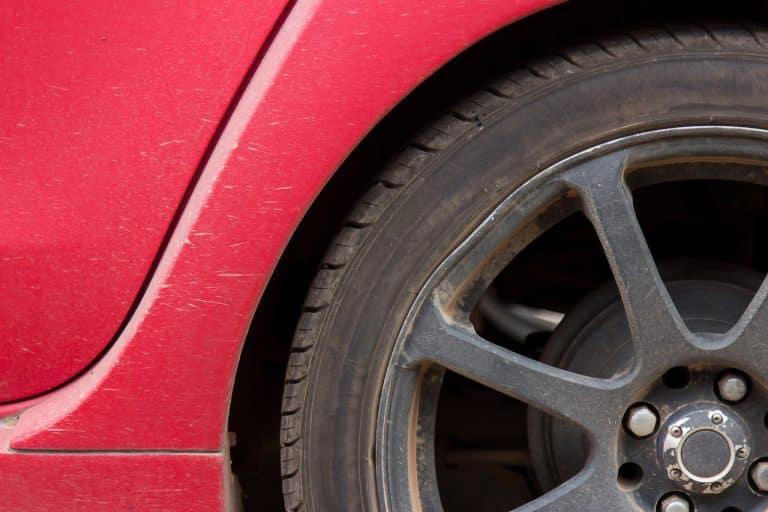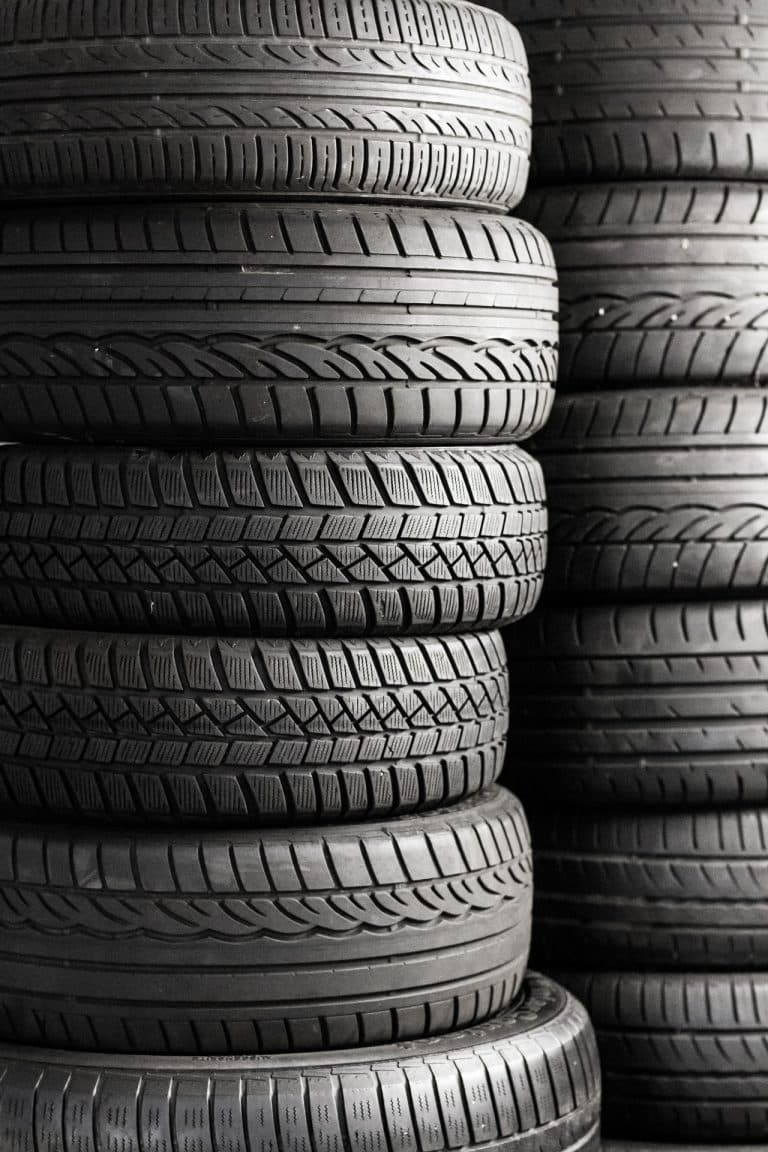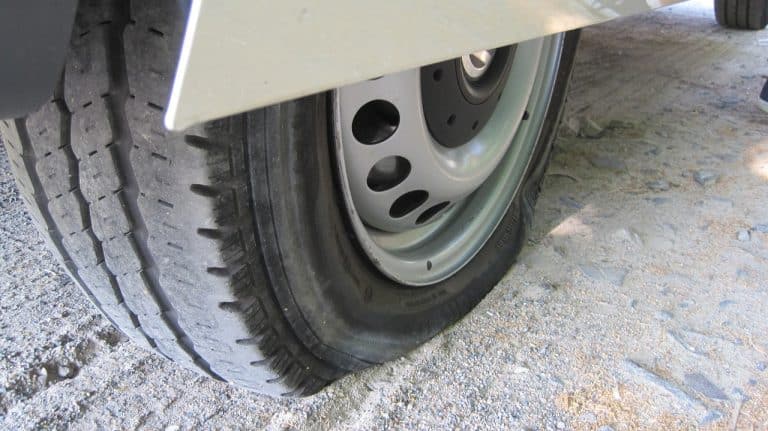The Differences Between Tire Tread Patterns
A car comprises parts designed to work together and deliver the best performance possible. Even though each part plays an important role, I feel the tires often get ignored. Everything your car does will be impossible without tires.
The only part of the car that contacts the road are our black rubbery friends. No, your loose bumper or exhaust doesn’t count. The tires on all 4 corners have a lot of responsibilities and make sure that your car accelerates, brakes, and handles as it should.
Most people pay attention to the tires, but they don’t understand some areas. One area that they struggle with is the tread pattern, which I’ll be talking about today. I’ll dive into what it is, how it works, and how it improves the tire’s abilities.
What is a Tread Pattern?
The simplest explanation for a tread pattern is the design of the tire – the part that has contact with the road. It’s the part of the tire manufacturers design so their models deliver the best possible performance in as many conditions as possible. There are several variations and manufacturers aim for different performances in different conditions depending on the design.
What Does a Tire Pattern Consist of?
A tire pattern combines several elements that manufacturers design to get the complete package. You’re looking at 4 elements that make up the design.
The most noticeable part is the grooves. They are tasked with channeling the water and keeping the tire stable in rainy conditions. Most tires have 3 or 4 circumferential grooves and multiple lateral ones. The circumferential ones channel water beneath the tire and to the back, while the excess goes to the lateral ones and gets thrown to the sides.
Next up, we have the ribs, the part of the tire that “defines” the grooves. This is the raised part and is the one that contacts the road. They can be central and shoulder, each having a different task. Manufacturers design the tires so that the central ribs are there for stability, while the shoulder ones improve handling, mostly.
As part of the rib design are the tread blocks. Their design, along with the ribs, is what manufacturers use to make the grooves, but that’s not all they’re good for. Tread blocks have a unique design, and the biggest advantage they can offer is with all-season or winter tires and their performance in snow. You may remember me mentioning biting edges in my reviews. Those edges are part of the tread block design, enabling the tire to perform on snowy surfaces.
Finally, we have the sipes, which may seem irrelevant, but they have a crucial role. Tire sipes are those small wave-shaped “cuts” on the tread blocks. They work to deliver better grip and traction and are especially important on damp roads.
Types of Tread Pattern
Manufacturers have settled on 3 patterns, and while they get the job done, each has its strengths, making them better than the rest. To get a better understanding, I’ll explain each one.
Symmetrical Pattern
This is the most common tread pattern you’ll see with most touring tires. Symmetric design on both sides of tire is the main feature of these tires. Manufacturers make them with continuous ribs or with individual tread blocks, depending on the application and the performance.
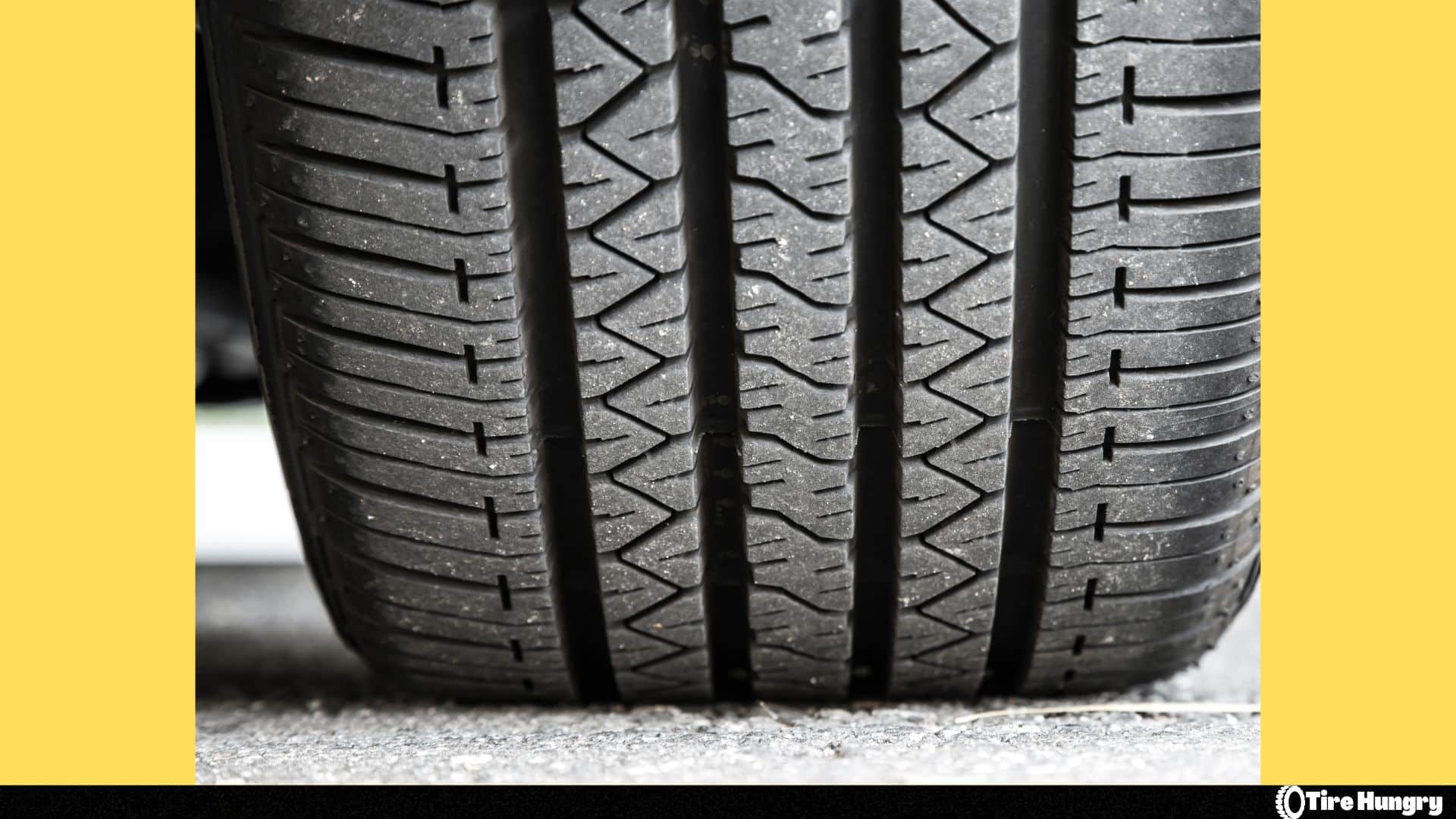
Tires with symmetric patterns aim to bring improvements in multiple areas that touring tires can benefit from. With it, you have a smoother ride without a massive sacrifice in terms of stability. This also helps with the rolling resistance, resulting in a slightly improved MPG.
A significant advantage symmetric tires offer is in terms of rotation. They are the most flexible, enabling you to get the most out of them.
As perfect as this seems, symmetrical tires aren’t the best. They excel and do an excellent job in dry conditions but won’t be as ideal on wet surfaces. It is not unsafe to drive in these conditions, just the performance won’t be the same as on a dry road.
Pros
- Flexible fitment and rotation options
- Cheaper
- Decently quiet
Cons
- Won’t work well with performance vehicles
- Average wet performance
Asymmetric Tread Pattern
On the other hand, we have tires with asymmetric tread pattern or, as I like to call them, dual personality tires. There are two tread designs on the outer and inner sides of the tire. The aim of this approach is to bring the best of both worlds without too many drawbacks.
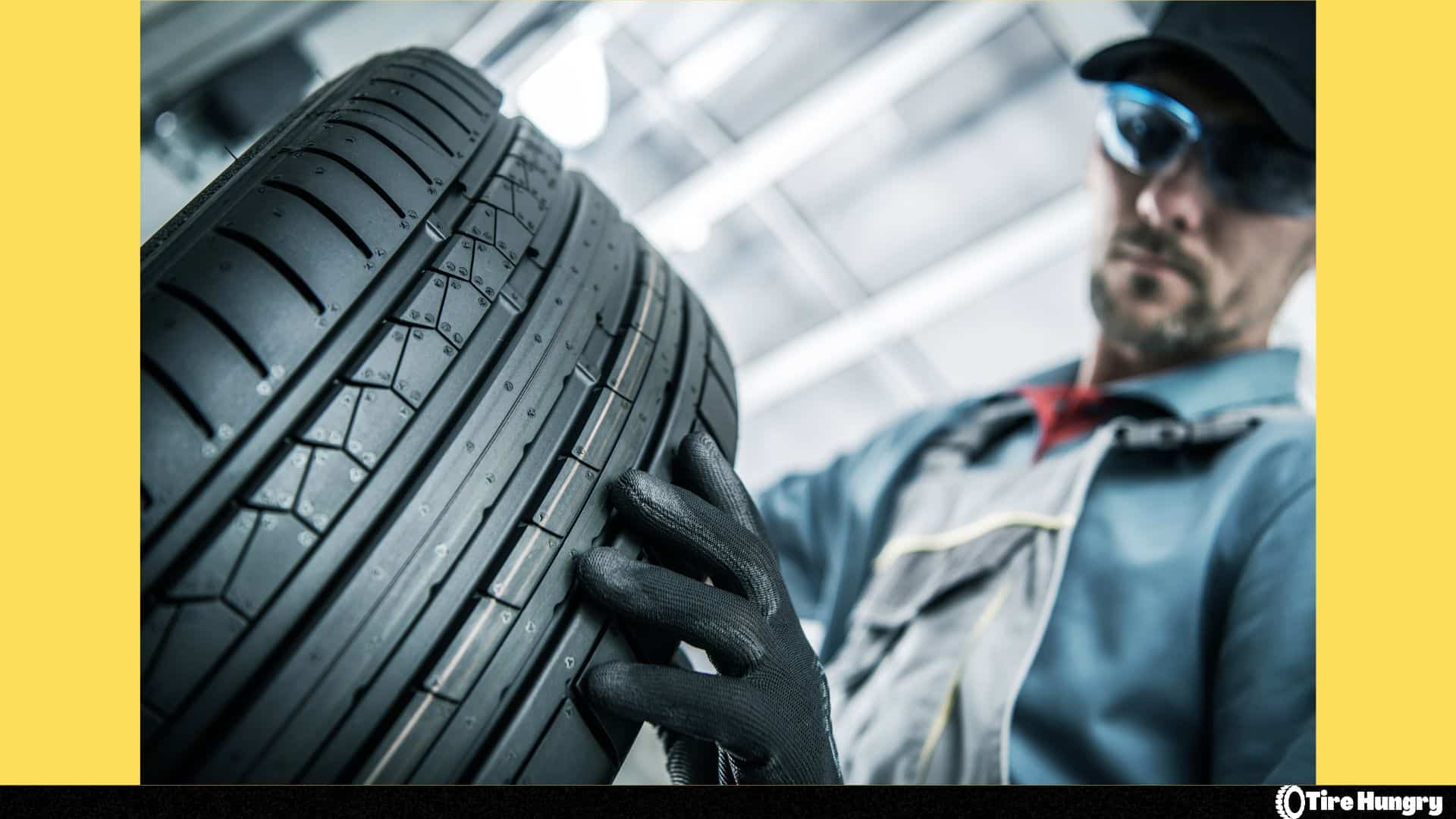
The inner side of the tire is used for wet performance. Manufacturers design this part of the tire for the best possible aquaplaning resistance so it can remain stable at higher speeds in deeper water patches.
When you’re cornering, the outer part of the tire does most of the work, which is why the outer part of the tire is designed differently than the inner one. Here you have stiffer blocks and a different design, tasked with improving handling characteristics and refinement, especially in terms of noise.
Asymmetric tires are a good choice for performance tires, and you can find them with some grand touring options. It may seem perfect, but you should keep in mind that you’re not getting the most flexible model in terms of rotation.
Your only choice here is front to back and vice versa. This can be especially problematic if you have a staggered setup. In these situations you can throw the rotation out the window.
Pros
- Balanced performance in dry and wet conditions
- Better aquaplaning resistance
- Improved handling charateristics
Cons
- Limited rotation options
- More expencive
Directional Tread Pattern
The last tread pattern you’ll find with tires is directional, which is a pretty self-explanatory term. With these tires, the design is “forward-facing” and is mostly a V-shaped option. The grooves start at the shoulder further back and meet in the middle of the tire a bit forward, forming an arrow.
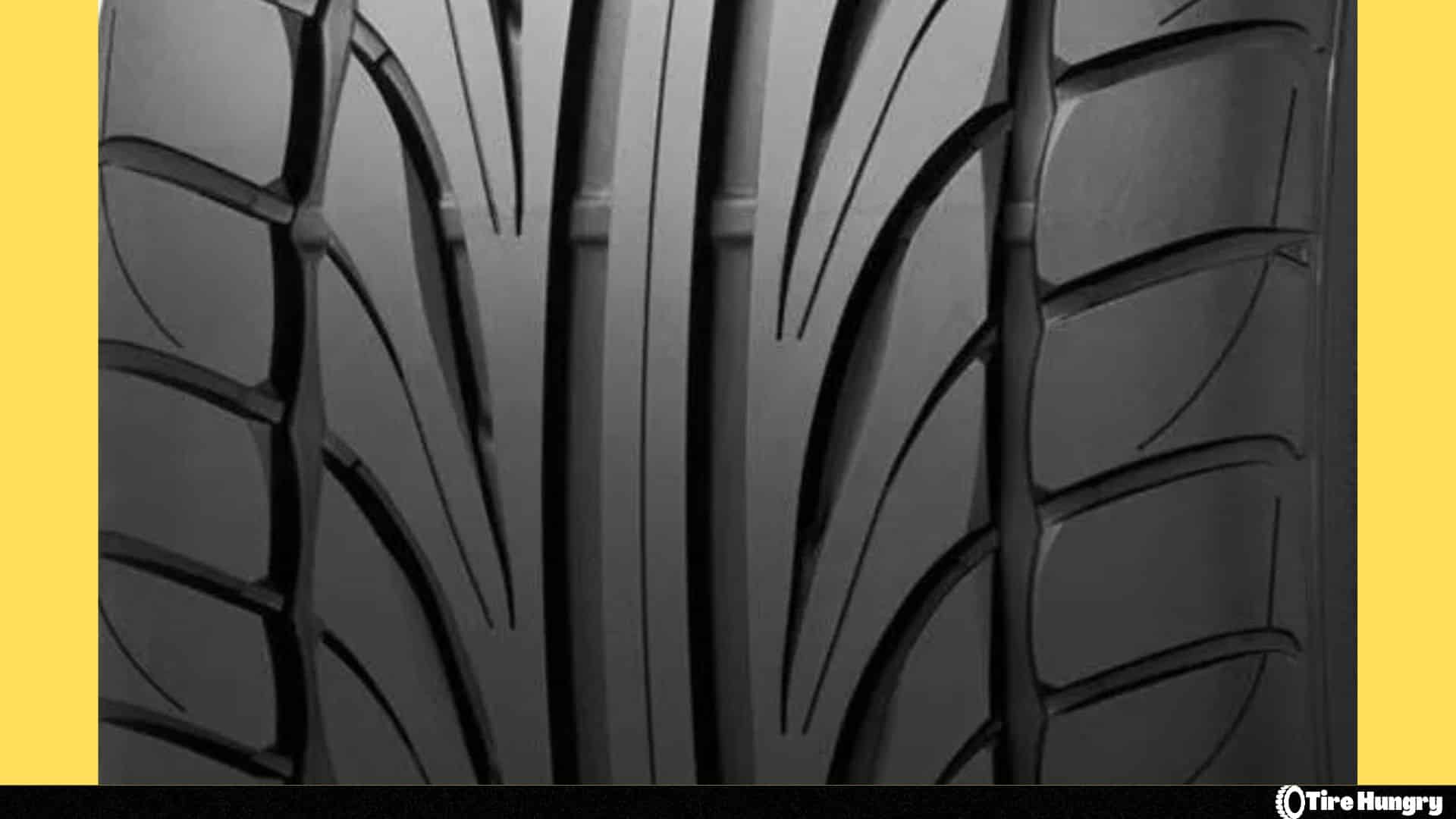
The primary advantage of directional tires is that they are stable at higher speeds, thanks to the pattern. Going with the V-shaped design, manufacturers ensure that these kinds of tires can be pointed in any direction, and they’ll comply without too much resistance.
Another area directional tires are good is the aquaplaning resistance. Since the water doesn’t have to travel through a “maze” like with the other two types, it just gets evacuated to the sides. This ensures that the tread blocks are in constant contact with the surfaces, providing excellent stability.
The all-season models are good for snow or mud because of the pattern. Combining the pattern with the design of the tread blocks ensures these tires remain stable and easy to handle in those situations but also provide a good amount of grip and traction.
Like with the asymmetric tires, the rotation is the biggest drawback. Since the design dictates the rotation direction, you are limited to rotating the tires only from the front to the back or the other way around.
Pros
- High speed stability
- Excellent water evacuation properties
- Better snow performance
Cons
- Higher rolling resistance
- Not the best option for longevity
What About Tires Without a Tread Pattern?
If you’ve seen a tire without a tread pattern, you have been to a drag race or watched a race in dry conditions. Tires without treads are called slicks, used specifically for those situations.
In racing, the car needs to have as much traction as possible. To ensure that, manufacturers design slick tires so that the surface area that’s in contact with the road is larger.
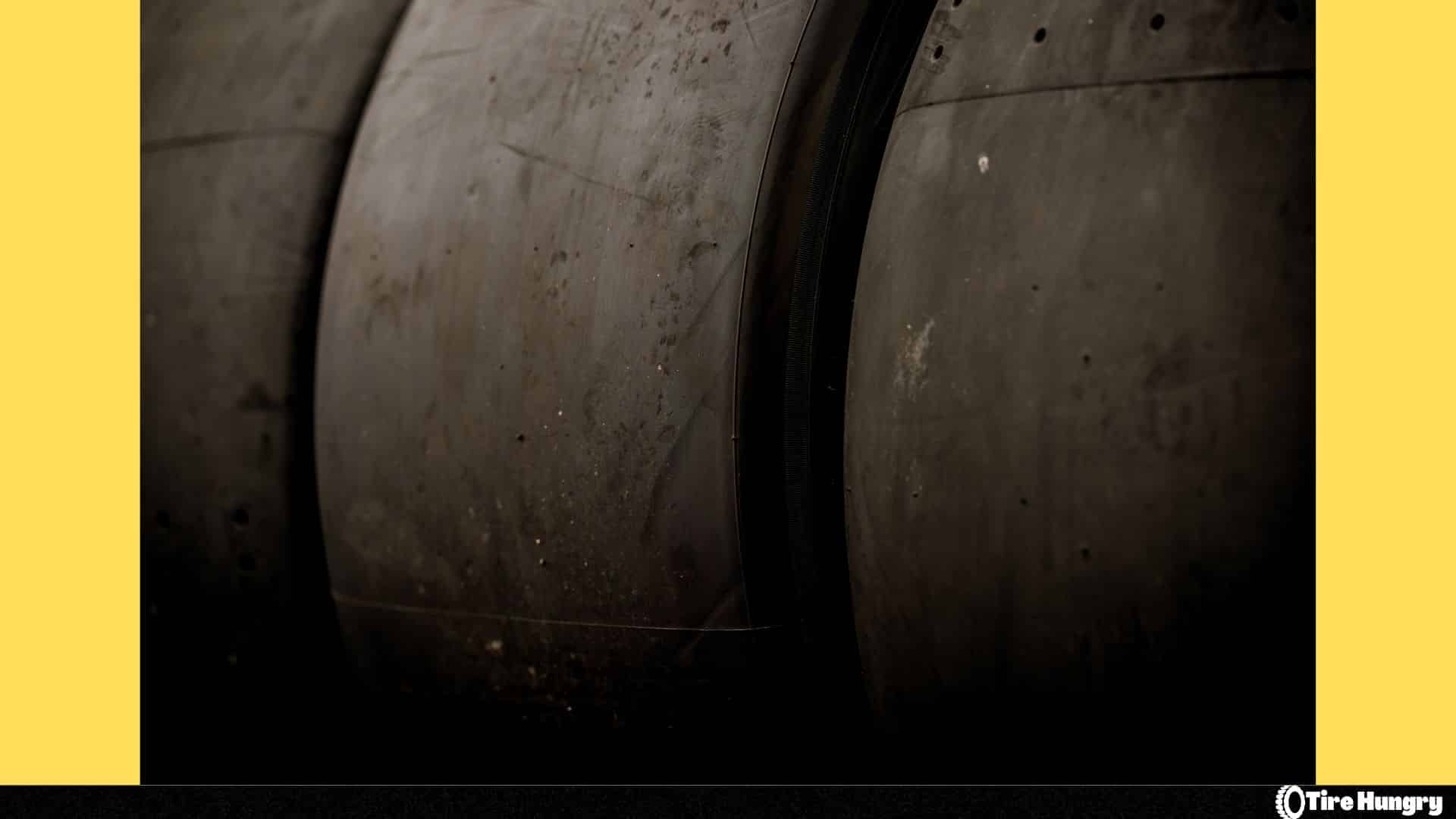
Road tires have the same principle. A wider tire will have more grip and traction than a narrower one. Increasing the contact patch ensures that there is better performance.
A regular road-going tire may see wide, but only the blocks contact the road, so you’re not getting 100% of the tire’s width to touch the road. A slick tire has no grooves, sipes, or blocks, so the entire width of the tire is making contact.
Even though this comparison makes no sense, I’ll try to explain it as simply as possible. A tire with grooves will have less grip and traction when compared with a slick tire. Naturally, the compound plays a massive role here, but a bigger contact area is always better.
Why Don’t We Use Slicks On Our Cars?
On paper, slicks are better for drying in dry conditions, which is where their performance ends. At the first sign of rain, these tires become useless. Therefore in Formula 1, drivers get tires with treads as soon as it starts raining.
You may have noticed that so far, I’ve been talking about these kinds of tires only in racing series, and that’s the only place you’ll find them. A road-going tire is required by law to have treads, which is why you won’t see anyone driving slicks on the road. An exception is people that have driven their tires for so long that they wear the tread down and their tires look like slicks. This is extremely dangerous, so don’t do it.
With that said, there are semi-slicks, a road-going version of slick tires. They have some grooves in them, making them an excellent option for dry roads and usable and decent ones in rainy conditions.
Which Tread Pattern is the Best?
I wish I could give you an answer to this, but things aren’t as simple as you may think. Each tread design has a unique set of features, thanks to which it has different pros and cons. One may be better for lower noise levels, while the other can excel in handling.
The type of tire you’ll get usually dictates the tread pattern you’ll have, so don’t think you’ll have a choice in that regard. If you’re unsure how a tire performs with a certain tread pattern, you should check out our reviews and get an idea of it.

